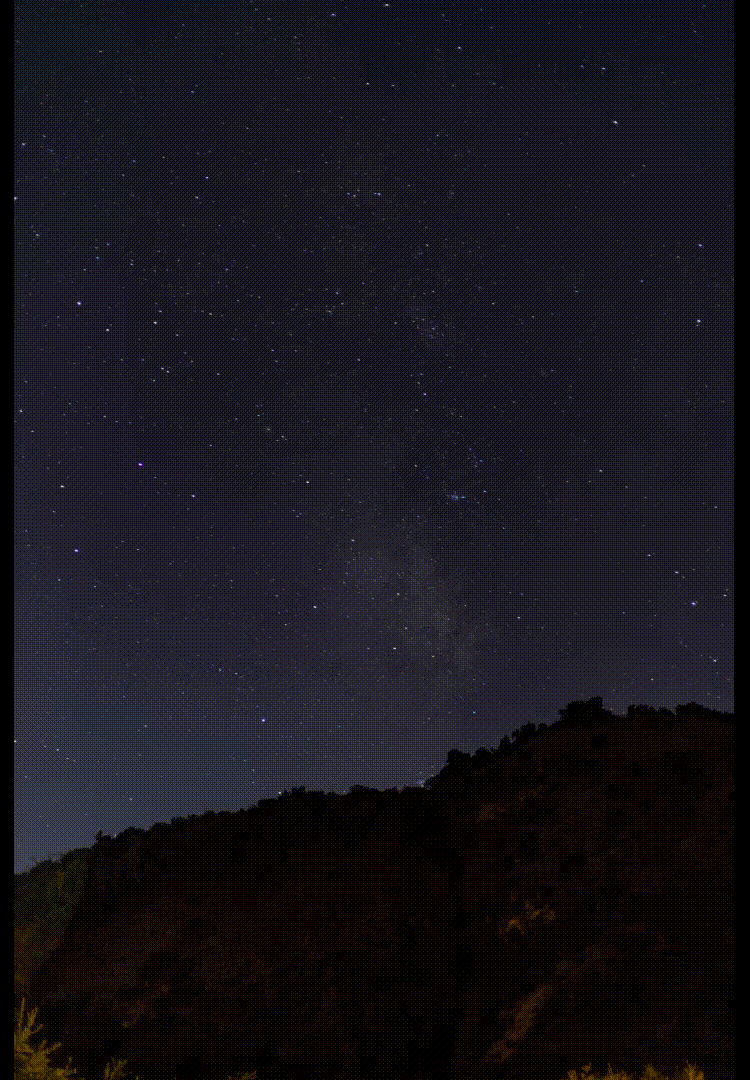- Home
-
About
 Fidelity & Excellence
Fidelity & ExcellenceThomas Aquinas College is unique among American colleges and universities, offering a faithfully Catholic education comprised entirely of the Great Books and classroom discussions.
-
A Liberating Education
 Truth Matters
Truth MattersTruth, and nothing less, sets men free; and because truth is both natural and supernatural, the College’s curriculum aims at both natural and divine wisdom.
-
A Catholic Life
 Under the Light of Faith
Under the Light of FaithThe intellectual tradition and moral teachings of the Catholic Church infuse the whole life of Thomas Aquinas College, illuminating the curriculum and the community alike.
-
Admission & Aid
 Is TAC Right for You?
Is TAC Right for You?Do you enjoy grappling with complex questions? Are you willing to engage in discussions about difficult concepts, with the truth as your ultimate goal?
-
Students & Parents
 Mind, Body & Spirit
Mind, Body & SpiritThere is always something to do at TAC — something worthwhile, something fulfilling, and something geared toward ever-greater spiritual and intellectual growth.
-
Alumni & Careers
 What Can You Do with a Liberal Education?
What Can You Do with a Liberal Education?Nothing speaks more to the versatility of the College’s academic program than the good that our alumni are doing throughout the Church and the world.
- Search
- Giving
Ad Astra: Sophomore Astronomy Projects

Sophomores in the Mathematics Tutorial at Thomas Aquinas College do more than simply read the works of ancient and early modern astronomers. For the first few months of the academic year, they also gather in the twilight to observe the “movements” of the heavens — enriching their study of the Great Books with readings from creation itself.
It is impossible to appreciate the achievement of many of the authors studied in Junior Year — such as Galileo and Newton — without first appreciating the achievement of Ptolemy, to whom these thinkers responded. But Ptolemy’s achievement itself was simply a mathematical response to the apparent motions of the sun and stars, accessible to the naked eye (of an attentive observer).
To make informed judgments about both Ptolemy and later authors, therefore, students familiarize themselves with the night sky. For the “Sun Project,” they keep track of when and where along the horizon the sun sets. For the “Star Project,” they observe the same star every night over several weeks, noting when it sets. Both projects reveal startling regularities — the very same regularities that Ptolemy set out to explain.
Like the ancient mathematician, therefore, “The students experience the movement of the stars and reflect upon it,” says Dr. Peter Knuffke, a tutor in California teaching Sophomore Mathematics this year. “It gives students a sense of wonder.”
The students certainly concur. “It’s a different kind of project where we’re beholden to phenomena,” says Luke Atkinson (’26). “I enjoyed looking at the stars before, but never analytically. It’s just another way the College gets you involved!”


